How to Set Up a Podcast Recording Studio for Less Than $100
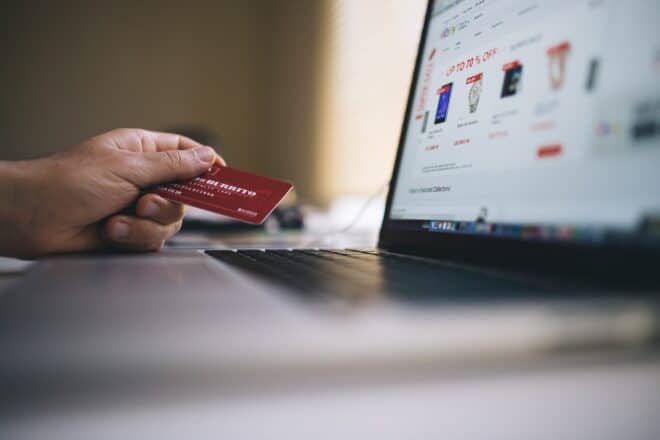
Are you ready to launch your podcast in 2021?
You’ve drunk the Kool Aid and are ready to dive into podcasting in 2021. I mean, why wouldn’t you be ready?
Well, as we’ve discussed before, podcasting, from a monetization standpoint is a bit of a long game.
So how do you dip your toe into the waters without ending up needing to change your pants? The last thing you need right now is to lay out thousands of dollars on a hobby that won’t recoup its investment for a year or more.
Success is born of experimentation where risk is mitigated. That way you aren’t afraid to try new things. The cost of failure should be as low as the reward is high.
As such, keep that podcasting recording studio cheap until you learn what works. Make sure you enjoy pressing record and that you see results to keep your motivation level high.
Dealing with Poor Audio
It matters not how motivated you are, or how much you enjoy the process, if you don’t get the audio right.
Consistently poor audio quality will sink a podcast. Even more so than the content itself. People won’t even get to your stellar content if your audio sucks. In fact, listeners will give you a pass on shaky content and wait for you to get your sea legs if it sounds well produced.
The appearance of professionalism triggers a cognitive bias that says “I should give this guy a chance… He seems like he knows what he’s doing”
It’s critical you get the audio right without breaking the bank. Budget and quality are constantly fighting for supremacy and it’s your job as a host and producer to find equilibrium.
Decide what type of podcast you are going to create
The first step in setting up your podcast recording studio is landing on a format. Estimates differ, but when you strip everything away, kitting out a studio comes down to three basic podcast formats.
The Multi-Voice Podcast
Most big name hosts in podcasting find themselves under the “multi-voice” podcast umbrella. That umbrella encompasses the interview, co-host discussion, and panel formatted podcasts. For the purposes of setting up a podcast recording studio for a hundred bucks, they’re interchangeable.
You want to have as many mics as you can afford and as many pairs of headphones as you can spare. The lively nature of the discussion means some audio artifacts are tolerable. Pristine clarity isn’t front and center.
The Solo Podcast
The solo podcast format covers spoken word, monologue, and storyteller formats. When it’s you, alone, with a microphone, the quality of the audio is going to be even more important than the multi-voice formats.
As such, you’ll want to spend a bit more making sure you can capture, as accurately as possible, the words coming out of your mouth.
The Repurposed Media Podcast
Lastly, in terms of setting up a studio, you have the repurposed content podcaster. This type of show uses material that wasn’t specifically meant for the podcast medium to create a podcast. Most news broadcasts that are available as podcasts follow this rule.
For our purposes, we can get away with the lowest quality audio since you’ll be setting up introductions and clarifications at best. There’s no reason to go overboard with podcast equipment for this type of show.
Right Gear, Right Job
An interview format? Spoken essay? News review? Different formats have different needs.
Where are you going to record? Not everyone has a dedicated office or studio to dedicate to their audio escapades. A very popular mommy (mummy?) Podcaster records in her car to avoid the cacophony that comes with raising toddlers.
Does her audio suffer? Nope. Why? Because she’s got the right rig for the job.
So what do these rigs look like?
- Recording Device
- Listening Device… Podcast Headphones.
- Editing Software
That’s pretty much it. The other “soft skills” are what make a podcast worth coming back to again and again.
There are plenty of excellent, stripped down, punk rock records that stay in rotation. You don’t need a $10,000 pro tools rig when the Beatles used 4 tracks.
Let’s price a few of these podcast recording studios out and see what we get.
The $100 Podcast Recording Studio Gear
Now, onto the gear itself. When combing through the gear options we were trying to create a stable of gear that can be mixed and matched. A list of gear to produce any podcast format you like.
But feel free to mix and match as suits your specific needs. Getting your feet wet in the podcasting world means you may find yourself experimenting with different formats.
And remember, the gear here isn’t top of the line, but again, you don’t need the best when you’re first starting to develop those pod skills.
Podcast Microphone:
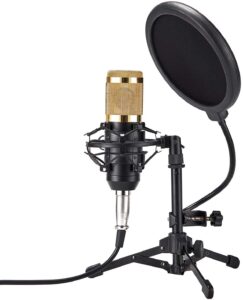
Zingyou ZY-801 Condenser Microphone Set
The best thing to say about this mic is that it’s cheap. The second best? It comes with everything you need to start recording out of the box.
Namely, a desk tripod, pop filter, cable, and computer interface. This is the absolute bare minimum you need to get going, so have at it.
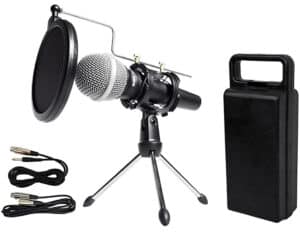
Rockville Dynamic Podcast Microphones
If you’ve chosen to break into the multi-voice format, a kit like the Rockville one here should do nicely for basic interviews. Both mics include mounts, stands, pop filters, and balanced (as well as unbalanced) cables.
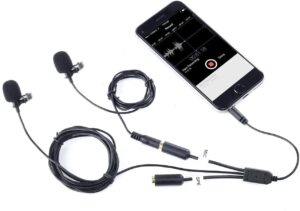
If you’re doing audio outdoors or conducting your interviews in the field, you need to use lapel (aka lavaliere) mics. They’re portable, discreet, and deliver high quality audio in a potentially noisy environment. This kit comes with everything you need to record two signals to your phone with very little effort.
Podcast Headphones:
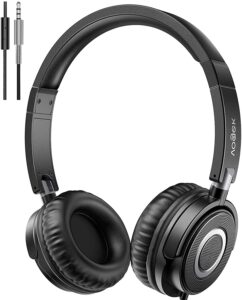
Vogek Over Ear Wired Stereo Headphones
When you’re setting up a home podcast recording studio as cheaply as possible you could really get away with using whatever earbuds you have lying around. Monitoring quality isn’t hugely important.
But earbuds aren’t all that comfortable to wear over extended periods of time. A cheap pair of over ear headphones like the Vogek set here add a bit of comfort to a long edit session.
Recording Device:
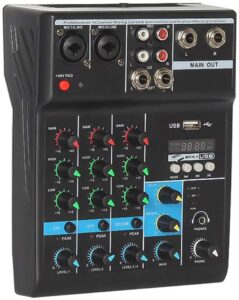
If the microphone is the heart of a podcast, then the mixing board is the nervous system. It ensures the signals get where they’re supposed to go. The ALPOWL board does this job in an efficient, no fuss, manner. And it does it on the cheap.
The board features 2 channel recording, phantom power for your condenser mics, USB interface, as well as Bluetooth. The latter of which is extremely handy when recording on the go or when you’re skimping on extra cables.
This is a piece of gear you’ll want to upgrade pretty early on if you’re in the interview arena, but otherwise, if it ain’t broke…
Editing Software:
A quick note on editing software. In this day and age, especially when you’re first starting out, there’s no reason to pay for editing software. If you’re on a Mac, just use GarageBand. It’s a phenomenal digital audio workstation (DAW) and it is bundled with your computer, gratis.
If you’re on Windows, or Mac or Linux for that matter, Ardour is a fantastic piece of open source software that has more than enough functionality to produce a professional sounding podcast.
If you’re using your phone to capture your audio, GarageBand for the iPhone or n-Track Studio on Android will have you editing for free.
It’s nice to know that when you’re trying to come in under budget, there are plenty of software options that aren’t going to impact your bottom line.
Conclusion
With the popularity of podcasts increasing, more hardware manufacturers are getting in on the medium. The cost barrier of entry is coming down. And that’s a good thing.
There are more than enough questions about the monetization trend lines in 2021 and beyond that make the most basic recording equipment a sound financial decision.
If you’re just starting out, there’s no reason you need to go above $100 setting up your podcast recording studio unless you really want to.
Let us know what you went with in the comments and where to find your new pod. We’re always looking for new shows to write about.






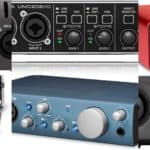




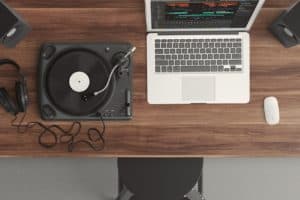
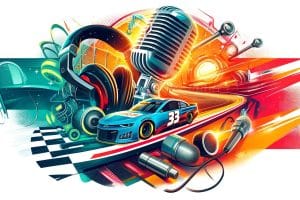
Comments
Comments are closed.